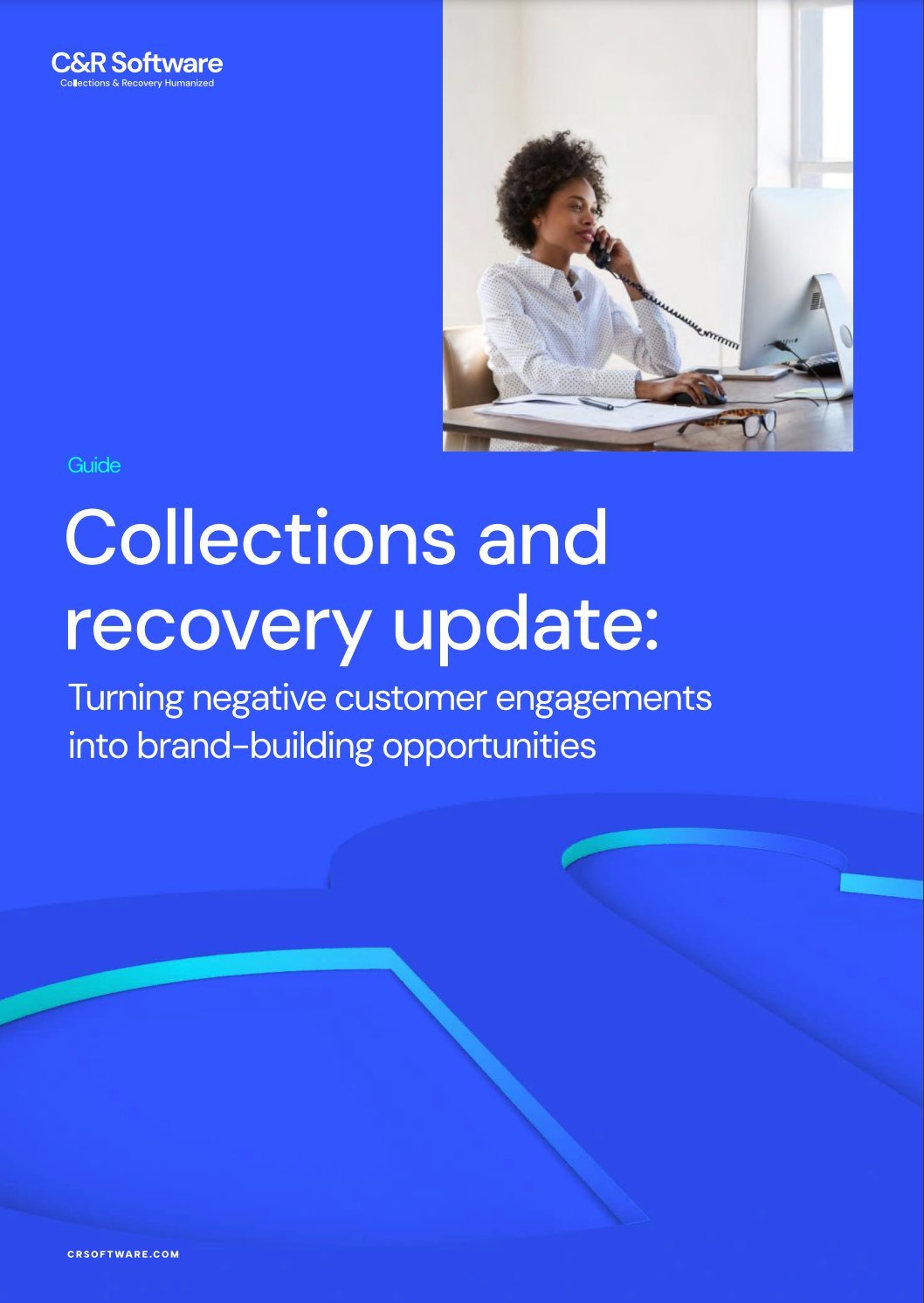General Data Protection Regulation (GDPR) covers the key principles of customer data privacy and protections. These rules apply across industries and regions, with the unified goal of giving customers more control over their personal data in a digital world.
When it comes to collections, there are key areas you should be aware of to make sure you are managing customer data in a compliant way. Read on to find out why legacy systems fall short while configurable platforms make compliance simple.
What are the key principles of the GDPR that apply to collections?
Data and storage minimization
Article 5 states that personal data should be, “adequate, relevant and limited to what is necessary.” Additionally, it states that this data should be, “kept in a form which permits identification of data subjects for no longer than is necessary.”
In the context of collections, this means that your customer data needs to be limited to what you need to help resolve their debt. By storing any additional information, you can be in breach of the GDPR.
These rules also apply to the storing of personal customer data after they have resolved their debt. However, the GDPR permits the storing of this data for “statistical purposes.” This means that you can use historical data and analytics to help future customers as long as personal identifiers are removed.
Accuracy of customer information
The GDPR requires your customer data to be, “accurate and, where necessary, kept up to date.” Article 5 stresses the importance of this by stating that, “every reasonable step must be taken” to make sure inaccurate data is “erased or rectified without delay.”
As a collections organization, this section of the GDPR refers to the quality of your customer data. You need to make sure every phone call, email or SMS message that includes relevant customer data is recorded into your systems. If one of your customers moves address or gets a new job, you need to make sure their records are updated ASAP to avoid breaching GDPR compliance.
Security and integrity
The GDPR requires organizations to manage customer data “in a manner that ensures appropriate security of the personal data.” This includes “protection against unauthorized or unlawful processing and against accidental loss, destruction or damage.”
For you, this means having necessary safeguards in place to protect your customer data from both intentional and unintentional data breaches. Additionally, you need processes in place that minimize the risk of personal customer data being compromised at each stage of the collections process.
Legacy systems fall short when it comes to GDPR compliance
When it comes to meeting the strict guidelines of GDPR, legacy systems simply can’t keep up. They often lack any kind of automated data recording, meaning your team has to manually enter customer data and constantly check that it's compliant. This poses the inevitable risk of human error, which only grows as your accounts do.
Security also becomes an unnecessary risk when using legacy systems. Modern integrations like data encryption and automated security updates become difficult or impossible to install. As a result, your customer data management is constantly at risk of a security breach as well as a breach of the GDPR.
Configurable platforms are a universal solution to GDPR compliance
Configurable platforms tick all of the compliance boxes of the GDPR with seamless integrations and modern capabilities. Each aspect of Article 5 is covered without the need of manual input from your team, removing human error and making compliance simple.
- Cloud-native systems - Applications and surrounding systems are all initiated in the cloud. This makes security updates, new integrations and data accessibility simple and secure.
- Real-time data flows with a centralized system - Customer data is stored automatically in a centralized system as its input through real-time data-flows. This eliminates the risk of human error and makes sure everything is up-to-date and easily accessible.
- AI and automation - Regular data compliance checks can be performed by AI and automation integrations. This makes sure that your data and storage is minimized to what you need and what is compliant with GDPR.
Be confident in your compliance with C&R Software
The GDPR poses strict guidelines for collections organizations for the sake of protecting sensitive customer data from intentional and unintentional misuse. Legacy systems make it unnecessarily difficult to keep up with these requirements, highlighting the need for a modern collections solution.
C&R Software’s industry leading Debt Manager makes compliance simple through a cloud-native foundation. It seamlessly integrates with AI, automation and real-time systems that make sure your customer data is up-to-date, secure and compliant with GDPR. This gives your team more valuable time to focus on guiding customers to financial stability.
To find out more about Debt Manager and how it can make compliance simple for you, contact a member of our team today.
.jpg)
.jpg)


-Dec-30-2025-06-36-56-3343-PM.png?width=352&name=operationalize%20AI%20(15)-Dec-30-2025-06-36-56-3343-PM.png)
.png?width=352&name=operationalize%20AI%20(21).png)
.png?width=352&name=operationalize%20AI%20(20).png)
.png?width=352&name=operationalize%20AI%20(19).png)